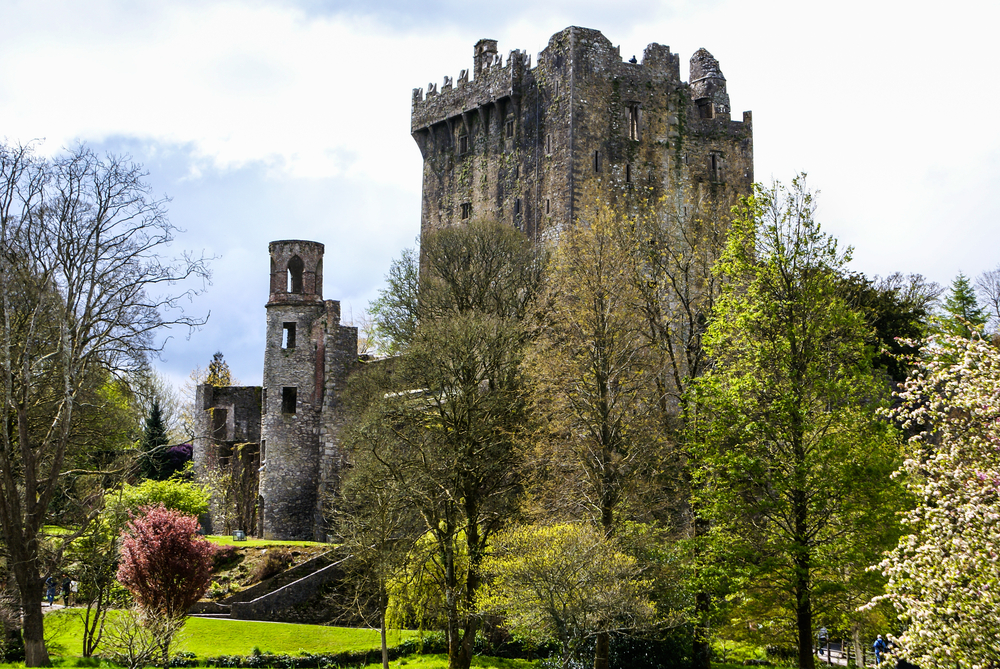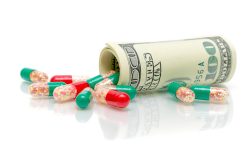October 2019
The rather scrawny marijuana plant in the Poison Garden at Blarney Castle attracted a lot of attention – but this, and the other medicinal and intoxicant plants in the garden made the point that drugs and poisons aren’t so different.
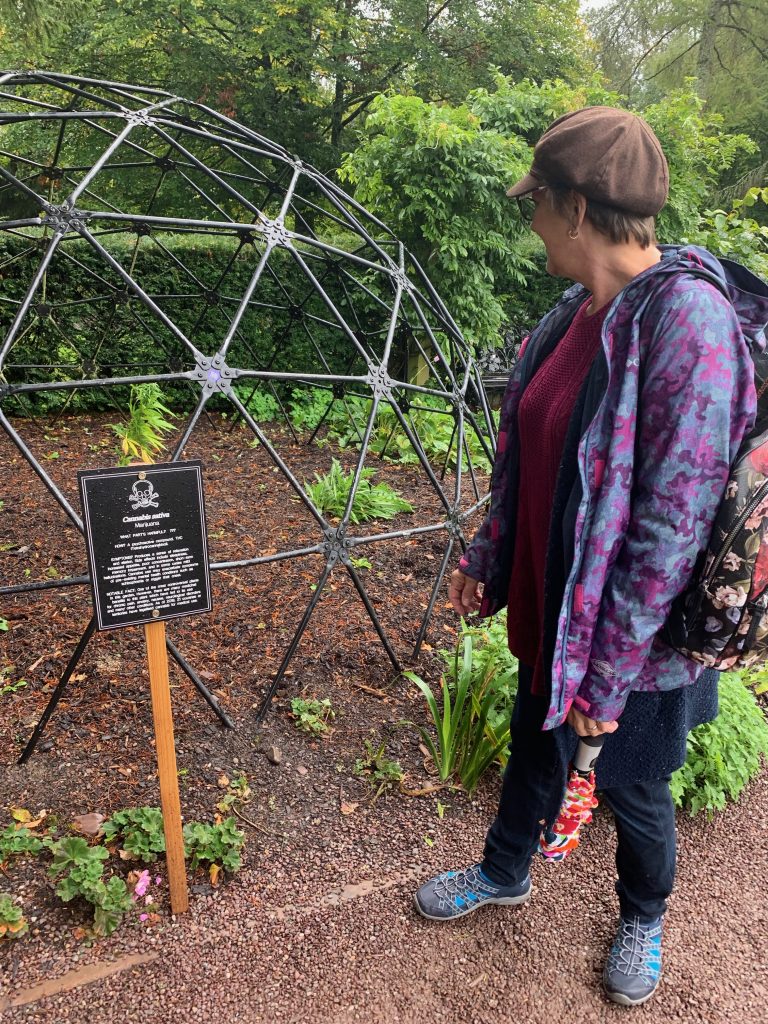
My wife Paula and I were on what I christened “a castle-a-day-tour” around Ireland. Blarney was one of the sites on the itinerary Paula had put together.
Blarney Castle is best known for it’s Blarney Stone – an inaccessible lump of sandstone, perched on the top of the tall tower where, you hang backwards and upside down over a scary gap in the wall to kiss it, if you want to be endowed with the power of persuasive elegance and flattery.
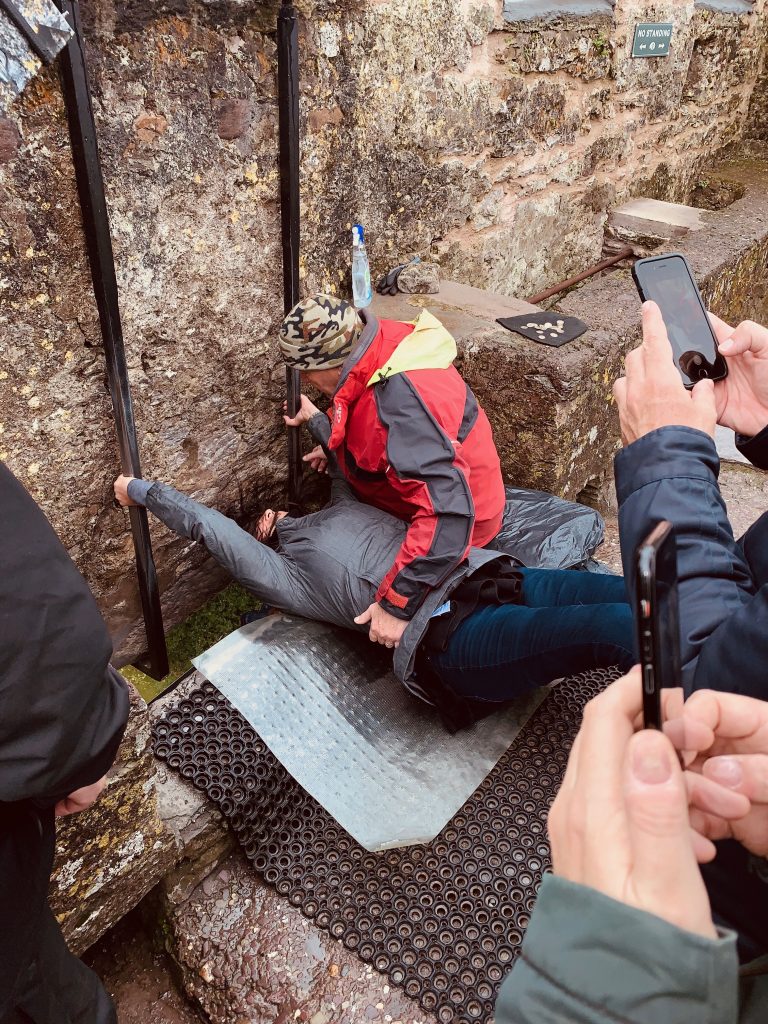
Not so well known is the Blarney Castle Poison Garden however.
An exhibit “created with the purpose of educating visitors about the poisonous plants that can be found both in the wild and also in our own gardens” notes the sign at the entrance - with the admonition “enter at your own risk.”
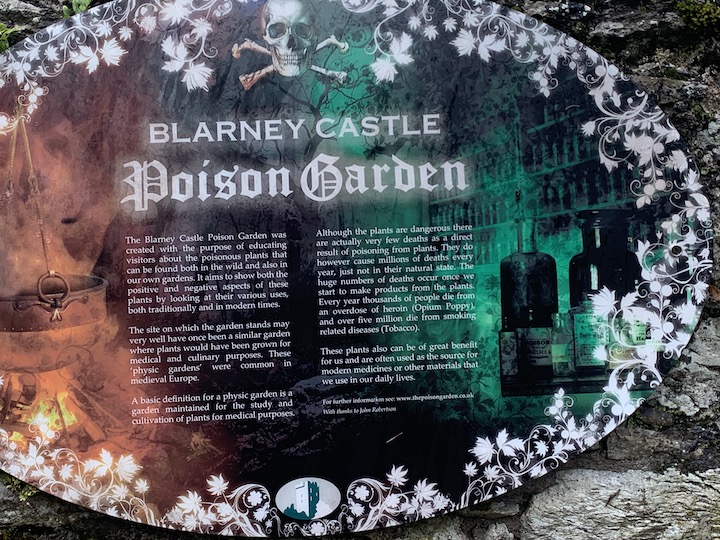
It is notable that many of these “poisons” are used as remedies or intoxicants.
It’s All To Do With Dose
I always tell my patients that taking any medicine is balancing act between the benefits and the adverse effects – the trick is getting the right dose.
Some drugs have a very narrow “therapeutic index” – the dose needed for a therapeutic effect is not very different to the dose having a toxic effect.
Treating people with the gout medicine colchicine (originally derived from the autumn crocus), I am always cynically amused by the rather droll instruction of “take it till you are sick-as-a-dog with diarrhea and vomiting, then back off a bit.”
Another good example in the Poison Garden is the Foxglove, Digitalis. That slender stem with pretty bell-like blooms that is so charming when it grows wild in English woodlands contains a glycoside that acts as a tonic to the heart in small does (it is the active ingredient in the heart medicine digoxin). A little too much however and it will put you in a fatal arrhythmia.
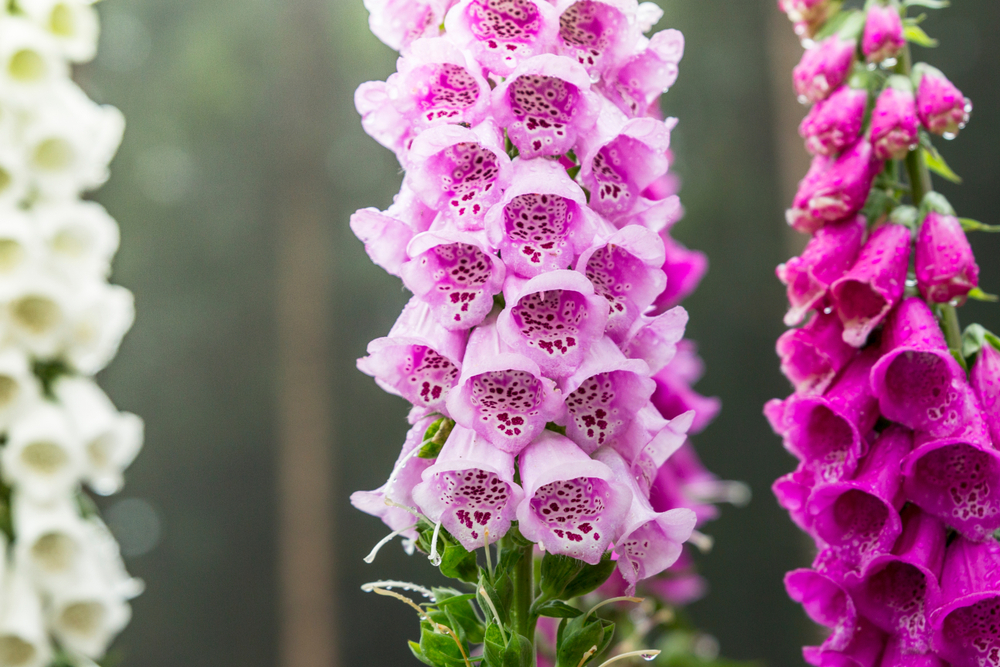
It has an interesting effect in lower doses also - like what the painter Vincent van Gogh was being treated with. It not only can cause vomiting, diarrhea and delirium (the last thing this already wacked out painter needed) but causes xanthopsia – making the person see everything in a yellow hew (it is claimed this was responsible for van Gogh’s yellow period).
The Harmful Effect of Tinkering
“There are very few deaths as a result of the direct result of poisoning from the plant” notes the blurb about the garden – so the Castor Oil plant (the source of Ricin), the Mandrake root (with it’s echo’s of Harry Potter and which is reputed to “scream as you pull it from the ground and kill anyone who hears it”), the Hemlock, the Monkshood were all openly accessible.
It’s “once we start to make products from the plants” that “huge numbers of deaths occur. “ So the pretty opium poppy is no great threat – even when you drain the sap and dry it to make opium.
When we get in to trouble and an “opioid crisis” with addiction and deaths, is when we refine it to morphine and heroin (or when devious chemists make derivatives hundreds of times more potent like Fentanyl).
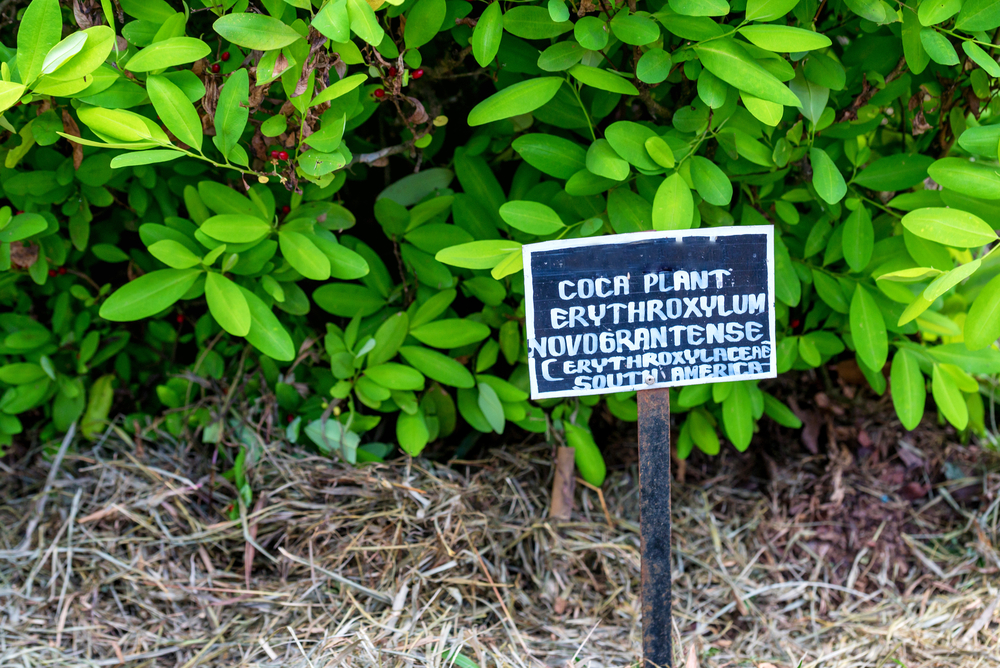
It’s the same with the coca plant. The South American Indians have chewed the leaves as a bit of a stimulant for eons. It’s when drug cartels turn it into cocaine that causes the trouble.
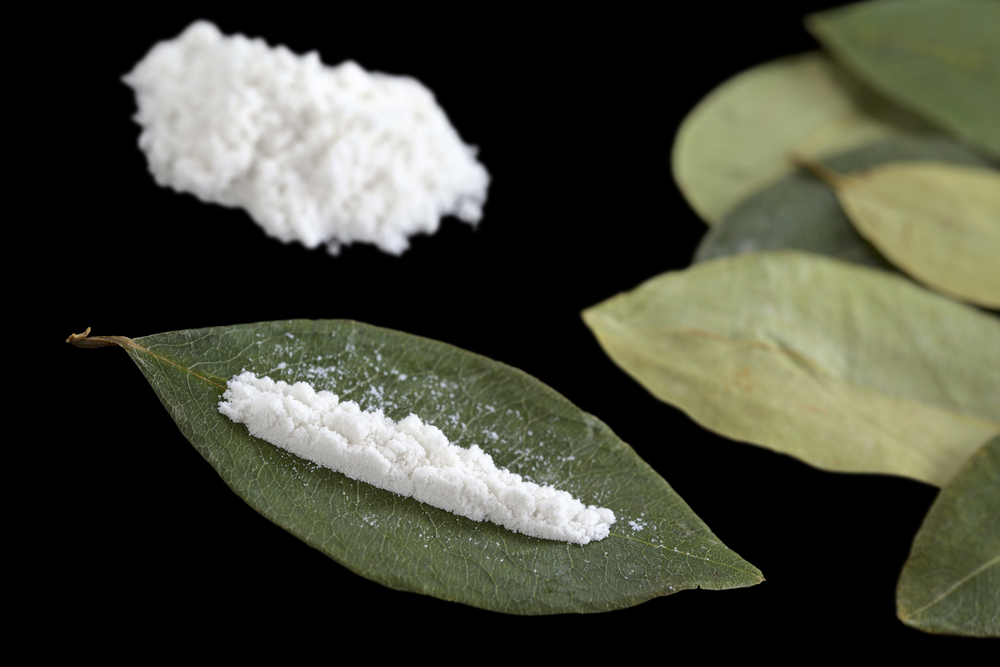
What Is A Poison?
There are only two plants in cages in the Poison Garden. One is poison ivy, with a prominent sign in red letters “Do Not Touch This Plant” – which amused me, as this deadly “poisonous” plant grows everywhere on our 30 acres in Caroline County.
The other was the sad looking marijuana plant.
I question why this is there. There is no LD50 (the dose that will kill 50 percent of people taking it). Just the theoretical calculation that you would have to consume 1,500 pounds in about 15 minutes to get to a calculated LD50 of consuming 20,000 times more than the “standard” dose of a 0.9 g regulation joint.
So unless “relaxation, euphoria and elation” are poisonous effects, it seems to me misplaced – though experts do warn of Cheetos addiction.
By contrast, alcohol can definitely kill you. A blood alcohol of about 300-350 mg/dl is likely to be fatal (i.e. between 4 and 5 times the legal limit) – the kind of level likely achieved by Lead Zeppelin drummer, John Bonham who had a “breakfast” of 16 vodkas on the day he died.
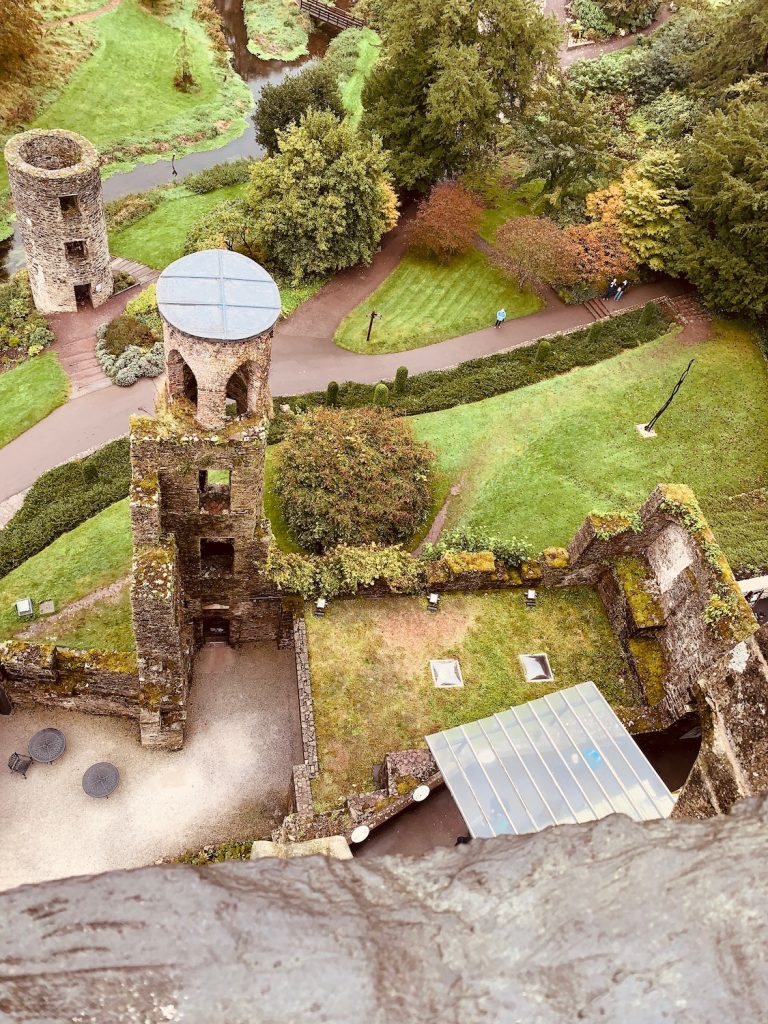
Poisons and Medicines Not So DifferentSo we moved on with out tour, and after the awesome experience of kissing the Blarney Stone, I needed a shot of that legal poison – but I was careful not to get my BAL above 300 mg/dl.
